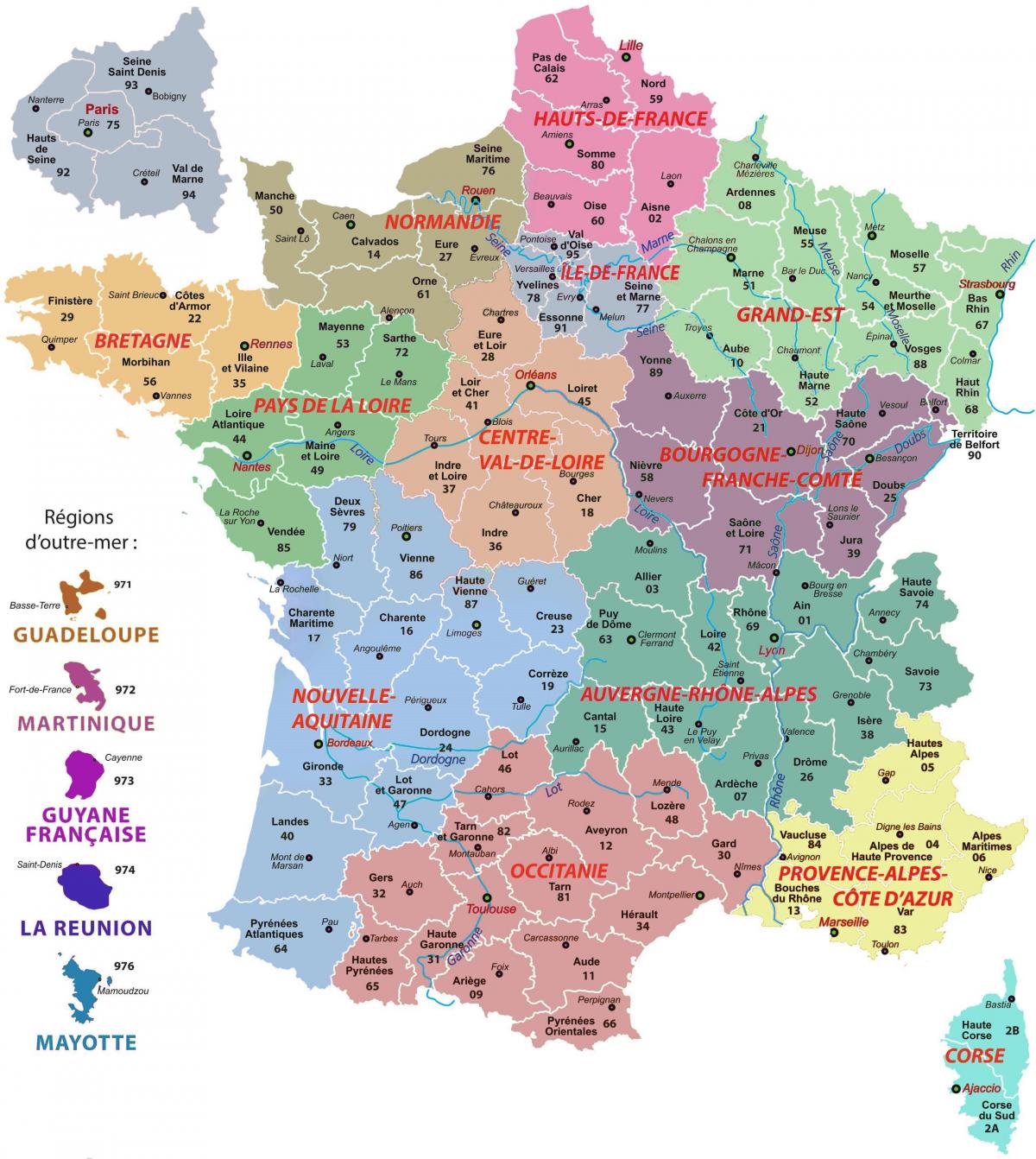Understanding France’s Administrative Divisions: From Regions to Communes
Introduction
Reading the news or walking through the streets of France lately, it’s hard to miss the sight of crowds gathering, voices rising, and people presenting their standpoint to the government. This democratic energy made me pause and reflect. We often focus on the politics and protests themselves, but less on the deeper question: how is France actually governed?
Behind the passionate demonstrations lies a fascinating hierarchical system of governance — one that shapes how the country operates from the national stage down to the smallest village. France’s administrative structure is not only layered and well-organized but also deeply rooted in history, balancing central authority with local representation.
Let’s take a closer look at this system, moving step by step from the largest units of governance to the most local.
The Hierarchy of French Administrative Divisions
- The largest administrative unit under the state.
- Since the 2016 reform, France has 13 metropolitan regions and 5 overseas regions.
- They oversee economic development, regional transportation, and education at the high school level.
- Auvergne-Rhône-Alpes
- Bourgogne-Franche-Comté
- Bretagne (Brittany)
- Centre-Val de Loire
- Corse (Corsica)
- Grand Est
- Hauts-de-France
- Île-de-France (home to Paris)
- Normandie (Normandy)
- Nouvelle-Aquitaine
- Occitanie
- Pays de la Loire
- Provence-Alpes-Côte d’Azur
- Guadeloupe (Caribbean)
- Martinique (Caribbean)
- Guyane (French Guiana, South America)
- La Réunion (Indian Ocean)
- Mayotte (Indian Ocean, near Madagascar)
2. Département (Department)
- Created during the French Revolution in 1790 to replace the old provinces, ensuring equality and better governance.
- France has 101 departments today, each with its own number (famously used in postal codes and car license plates).
- Responsibilities include social services, middle schools, and local infrastructure.
3. Arrondissement (District/County level)
- Subdivisions of departments, overseen by a sous-préfet.
- More about administrative efficiency than political decision-making.
4.Canton
- A subdivision of arrondissements, mostly serving as electoral districts for departmental councils.
5. Commune (Municipality/Town)
- The smallest unit of governance, with over 35,000 communes across the country.
- Each commune has a mayor (maire) and a council, responsible for everyday needs like primary schools, local planning, and civil records.
A Brief History of the System
The current administrative system traces back to the French Revolution (1789–1790). The revolutionaries wanted to erase the unequal and confusing map of provinces that reflected feudal privileges. To solve this, the National Constituent Assembly in 1790 designed departments, each roughly equal in size, so no city or region would hold too much power over others.
Over time, additional layers like arrondissements and cantons were added under Napoleon Bonaparte (early 1800s) to ensure stronger central control. Later, regions became official in the mid-20th century, with reforms in 1982 (Decentralization laws) and again in 2016, which reduced the number of metropolitan regions from 22 to 13 for better efficiency.
Fun Facts About France’s Administrative Divisions
- The Commune Count: France has over 35,000 communes, more than any other country in the EU. To put that into perspective, Germany has about 11,000, and the UK has fewer than 10,000 local councils.
- License Plate Love: The two-digit number on French license plates corresponds to the department, so many French people feel a strong identity with their department number!
- Paris Is Special: Paris is both a city and a department. It’s one of the rare communes that enjoys this dual status.
- Cross-Regional Identity: Despite the administrative reorganization in 2016, many people still identify with the historical provinces (like Brittany, Normandy, or Alsace) more than with the modern administrative regions.


